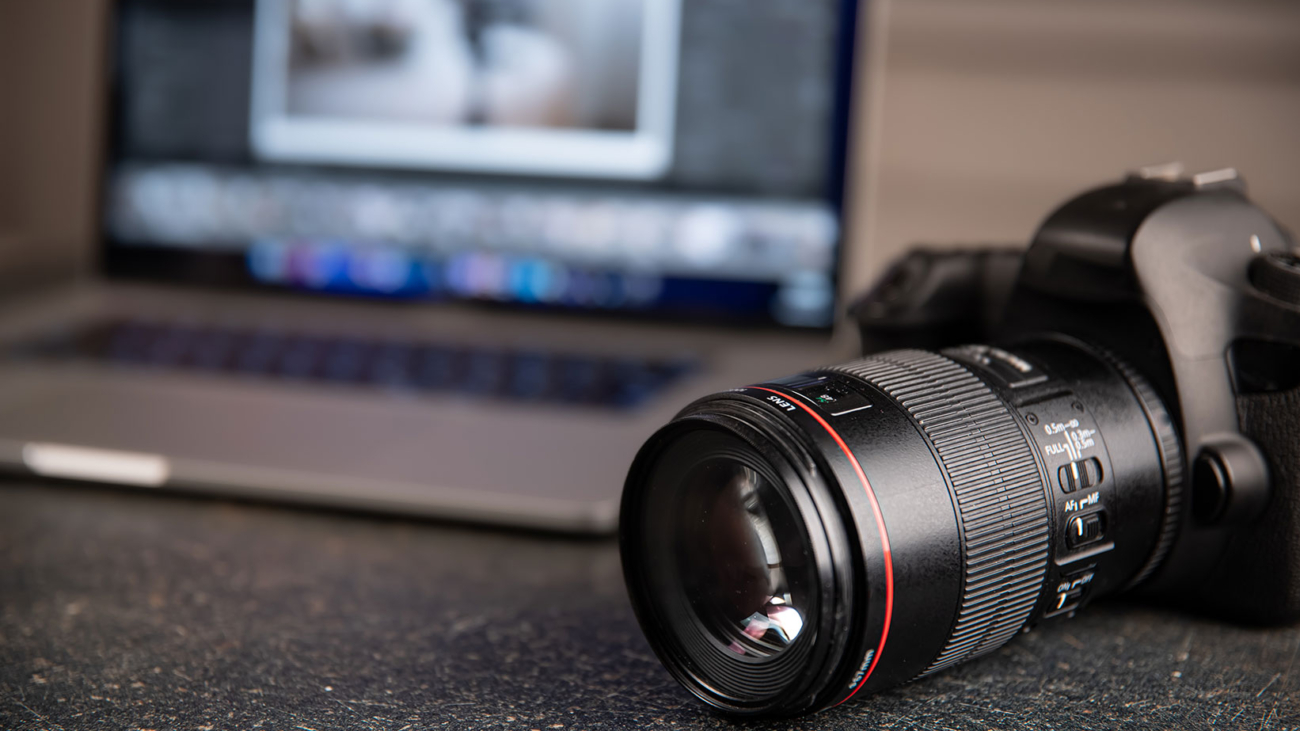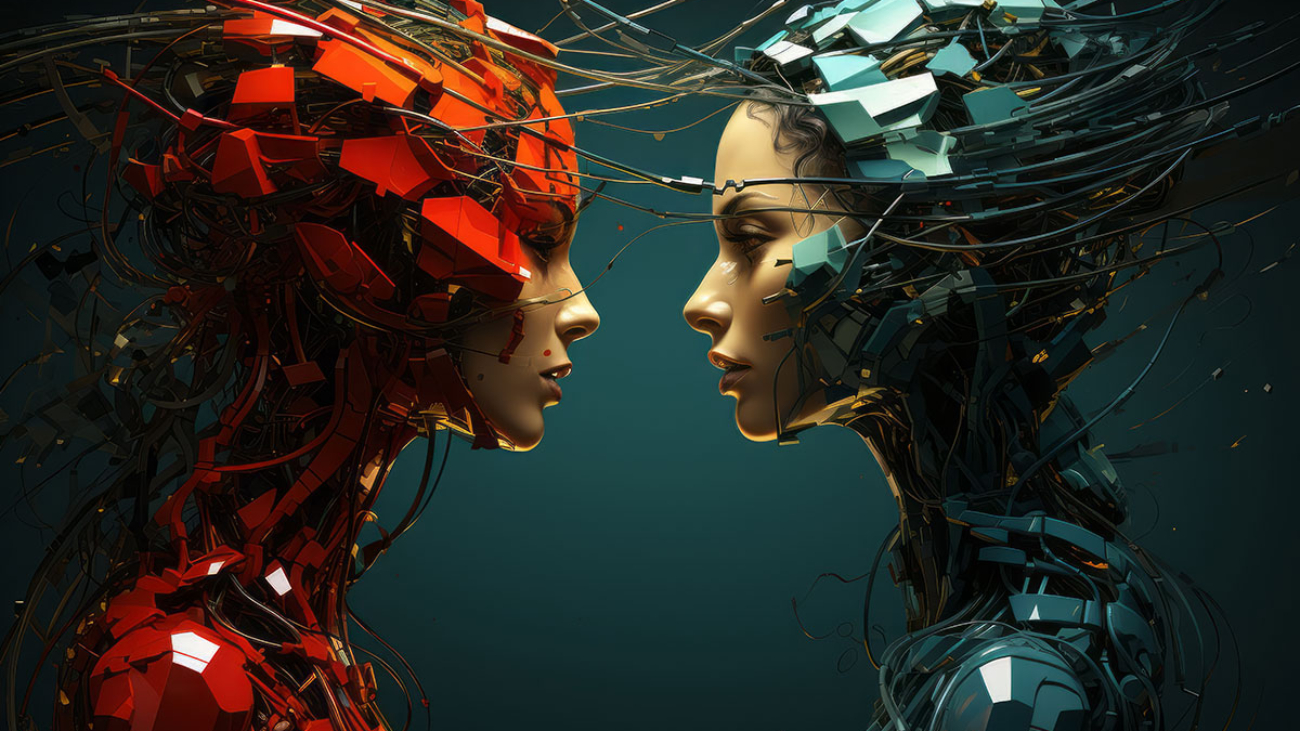Imagine a world where guesswork in marketing is no longer necessary. It’s happening right now.
Artificial Intelligence is reshaping our strategies with unparalleled precision. Forget intuition—AI analyzes vast datasets in real time, transforming how we predict behaviors and personalize campaigns.
Consider this:
– Empowered Decisions. With AI, we’re not confined to static demographic assumptions. Models learn from actual customer behavior.
– Elevated Accuracy. We’re witnessing personalization at an unmatched scale, boosting engagement and retention significantly.
– Evidence of Impact. Companies like Netflix and Amazon aren’t just using AI—they’re thriving because of it, seeing higher user satisfaction and loyalty.
Now, this evolution means something for us as marketers.
– Cultivating Data Fluency. The demand for proficiency with AI tools is rising. Predictive analytics and real-time personalization aren’t just buzzwords—they’re essentials.
– Shaping Future Narratives. Crafting strategies from AI insights is a growing expertise. As AI matures, so must our ability to interpret and apply its findings.
Are you ready to embrace this shift? How will you innovate in your approach to capitalize on AI-driven insights?
Your thoughts and experiences are welcome. What challenges have you faced as AI takes a more central role in your strategy? Let’s discuss how we’re navigating this dynamic landscape together.










